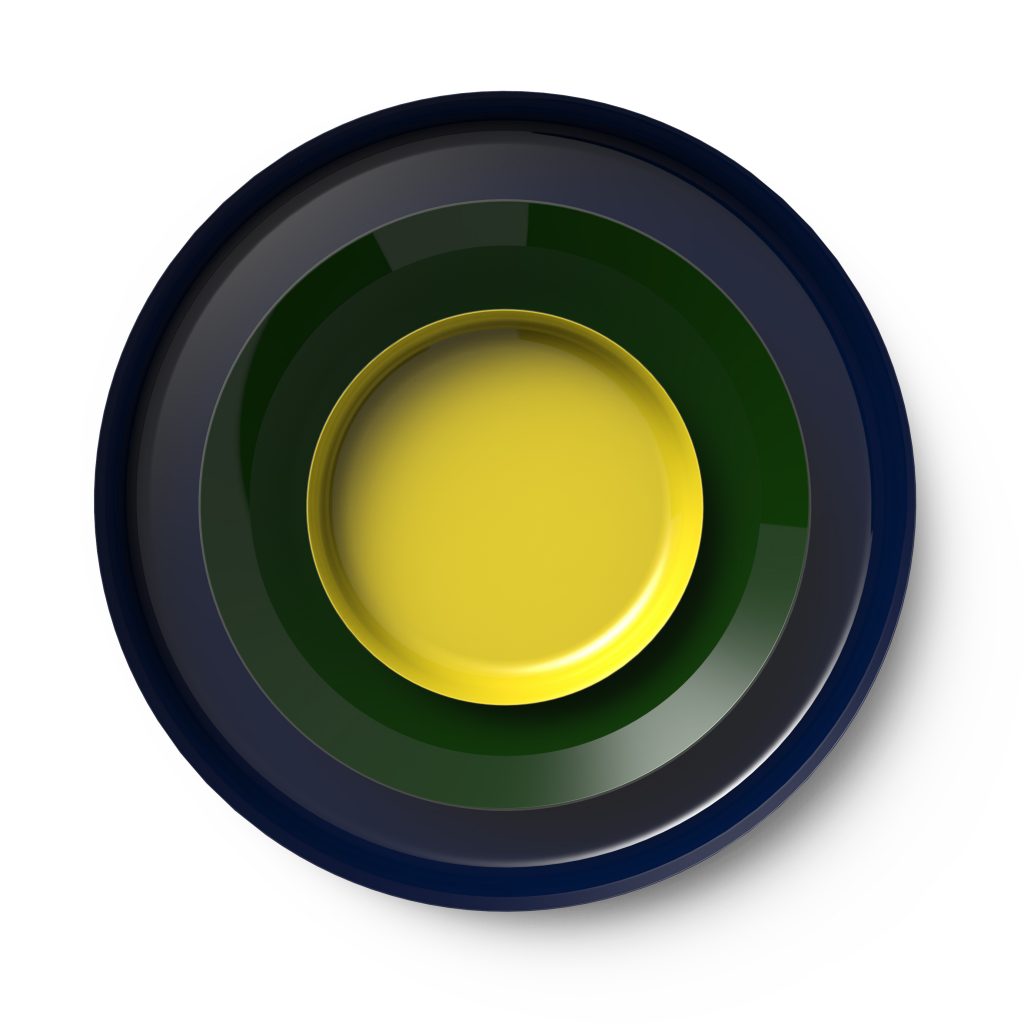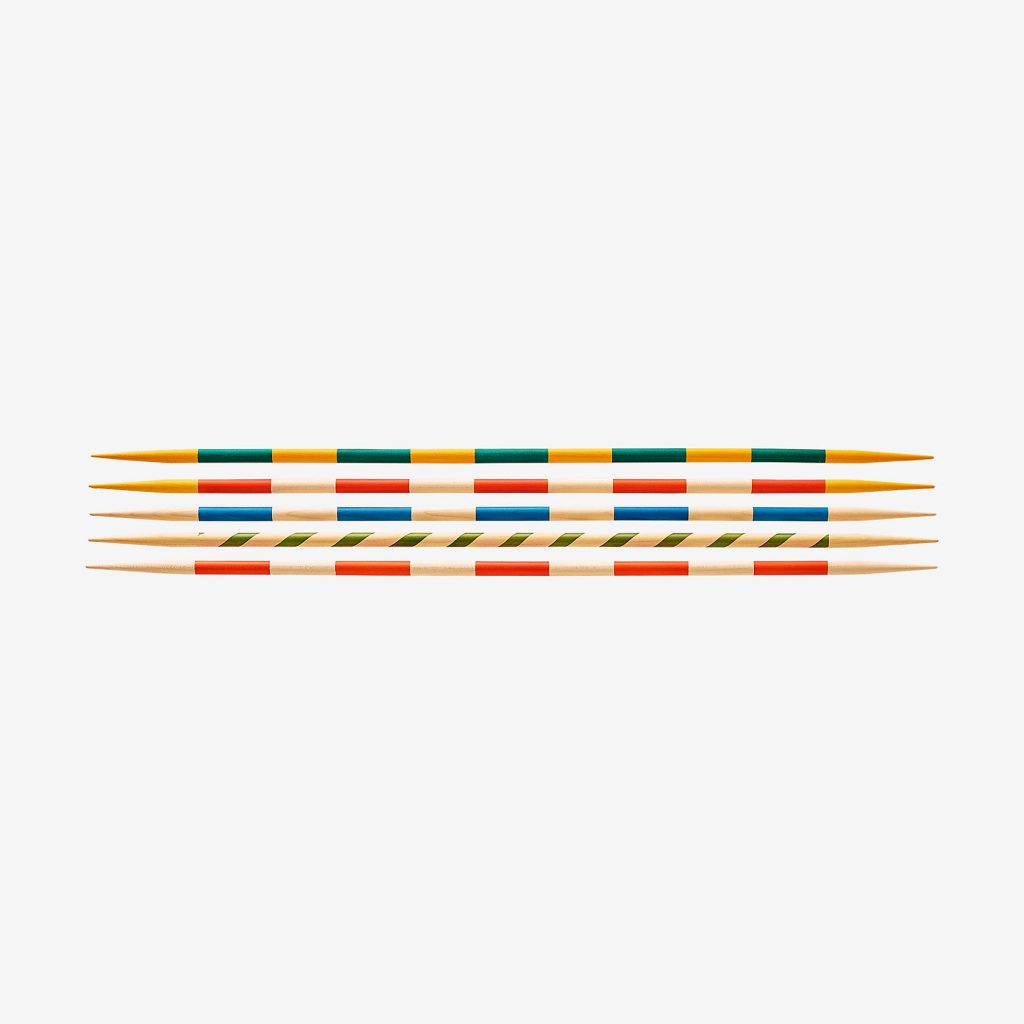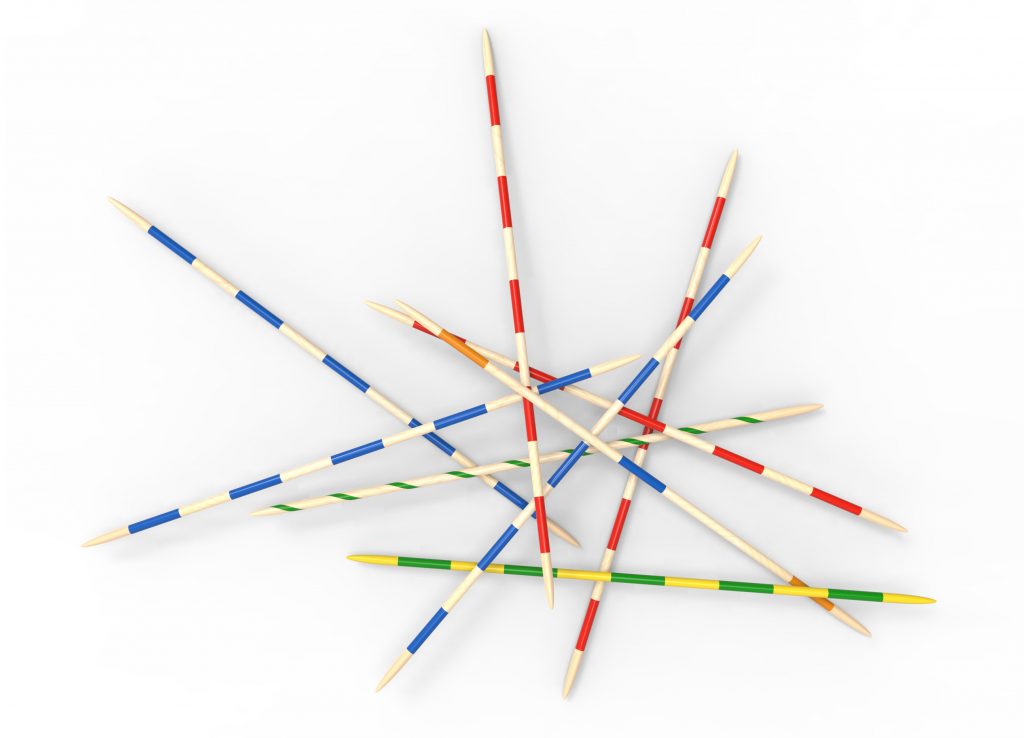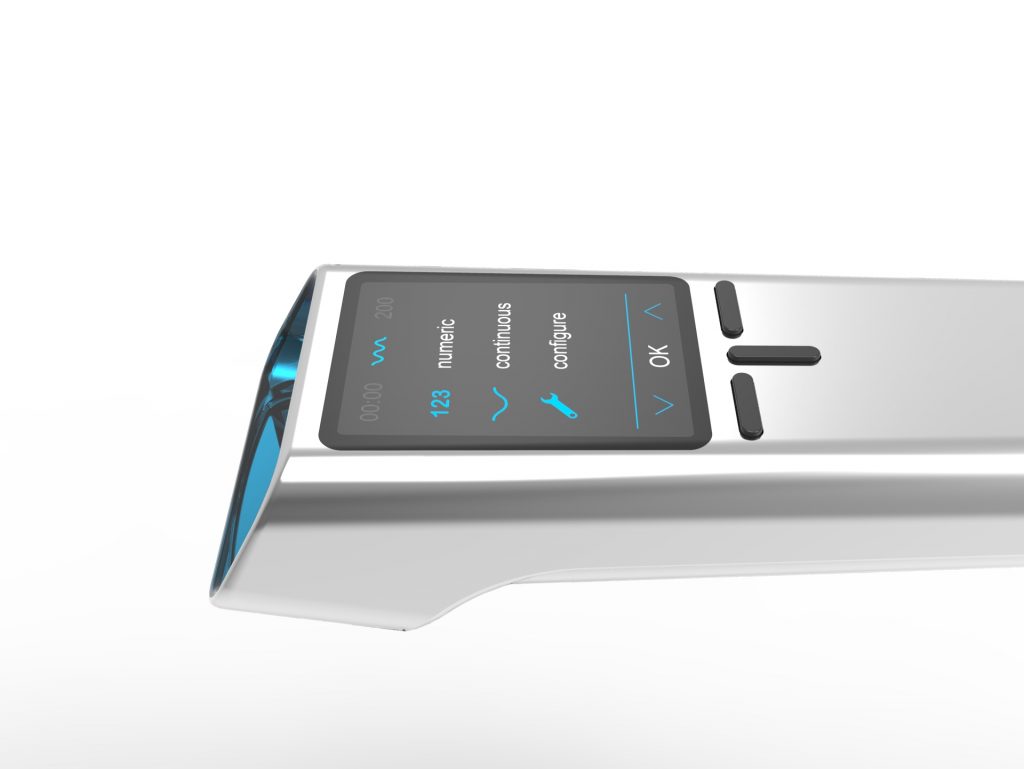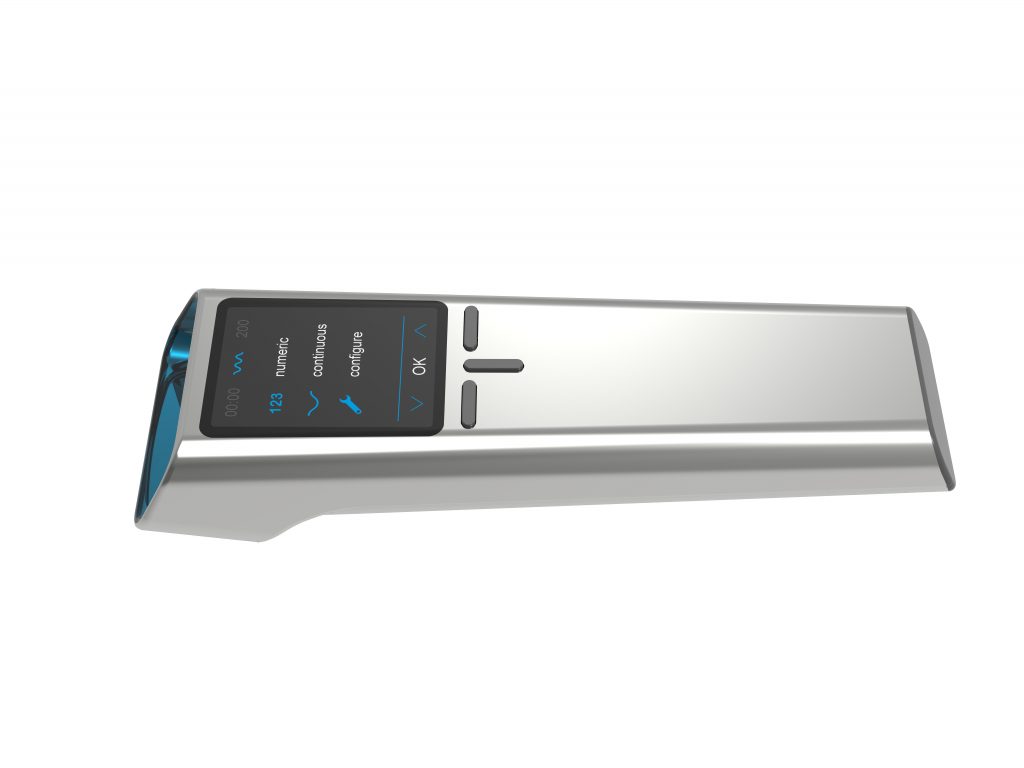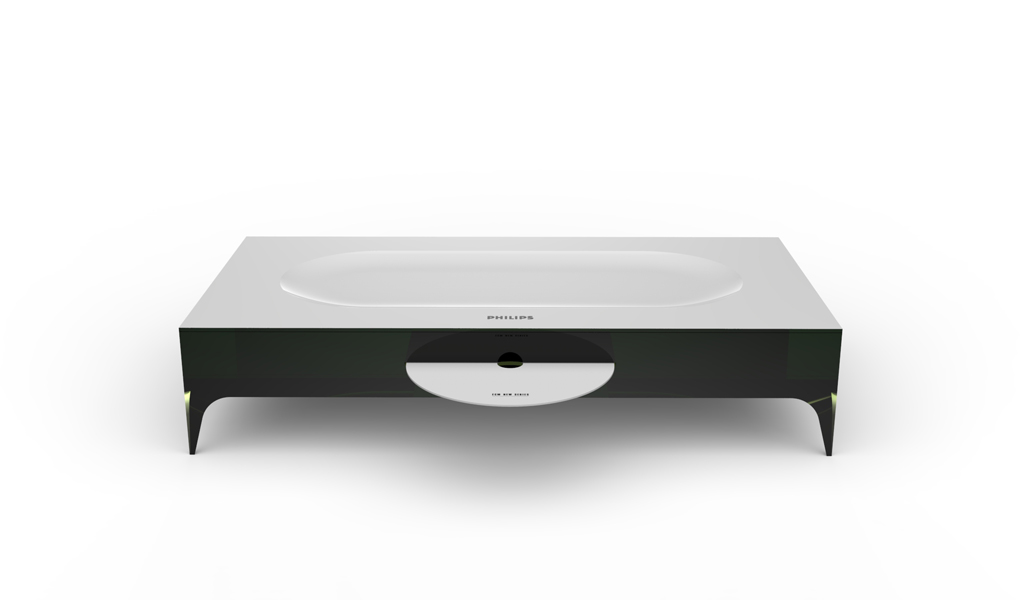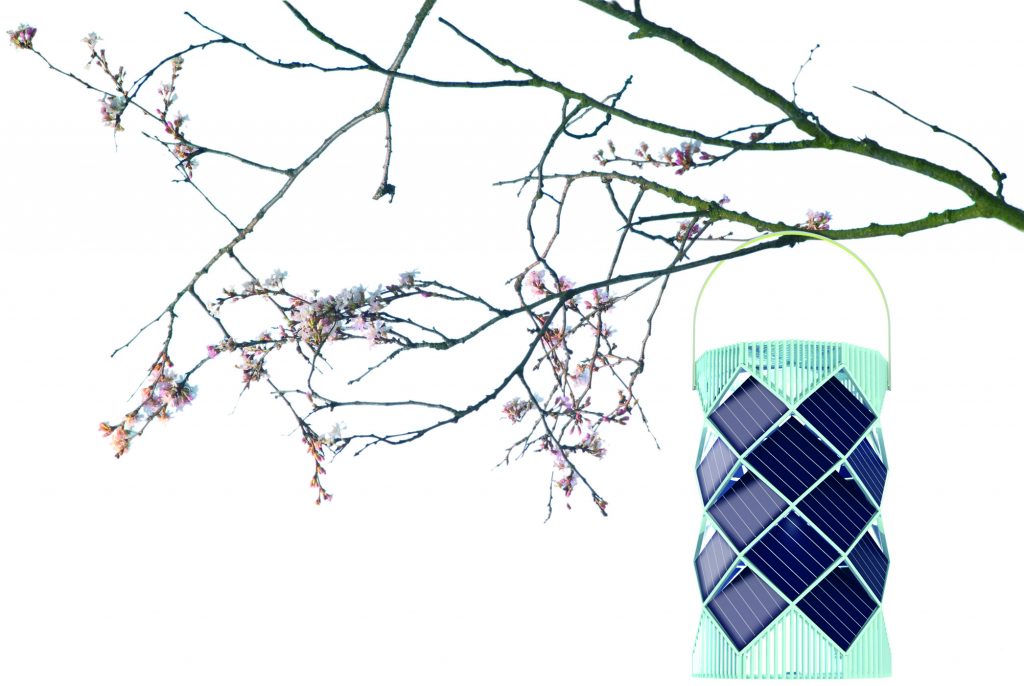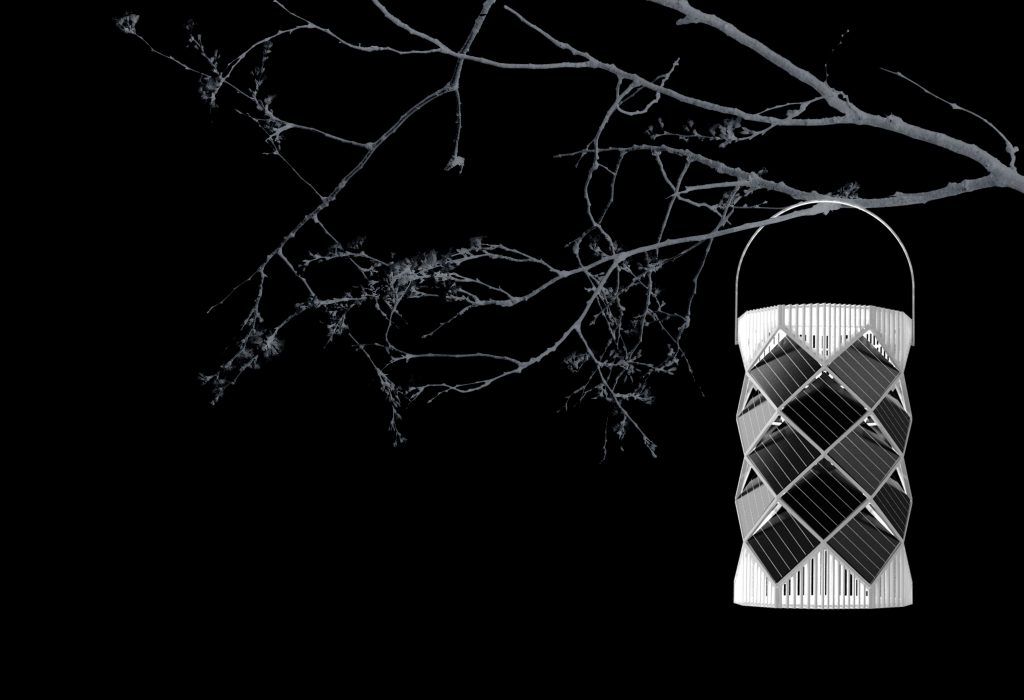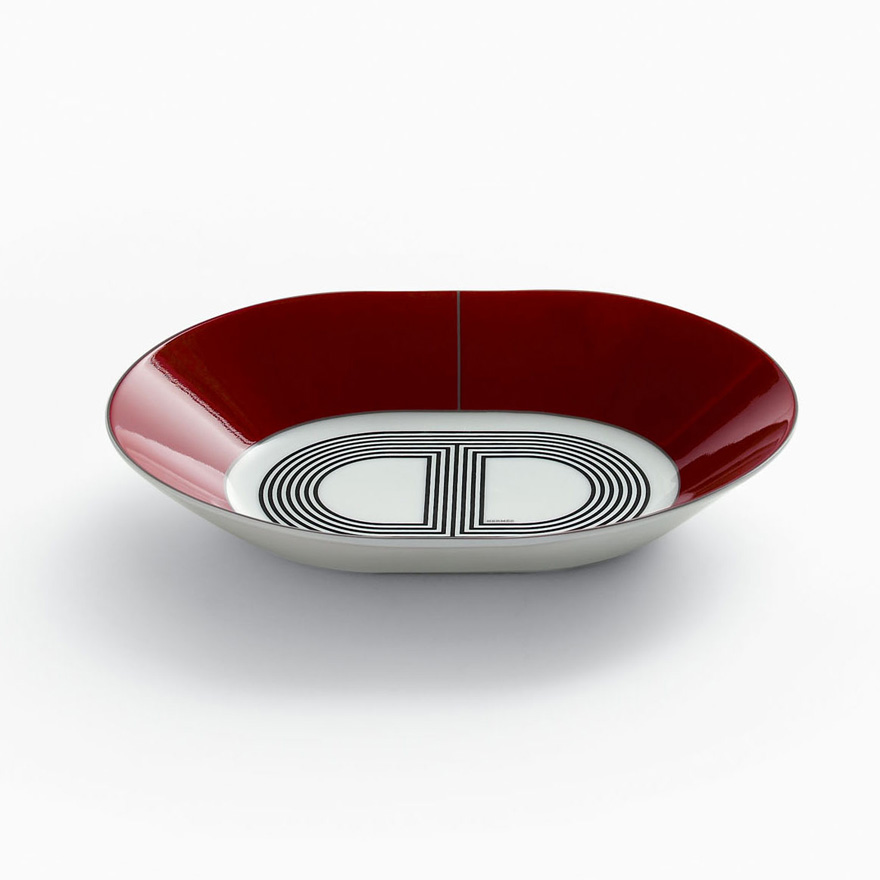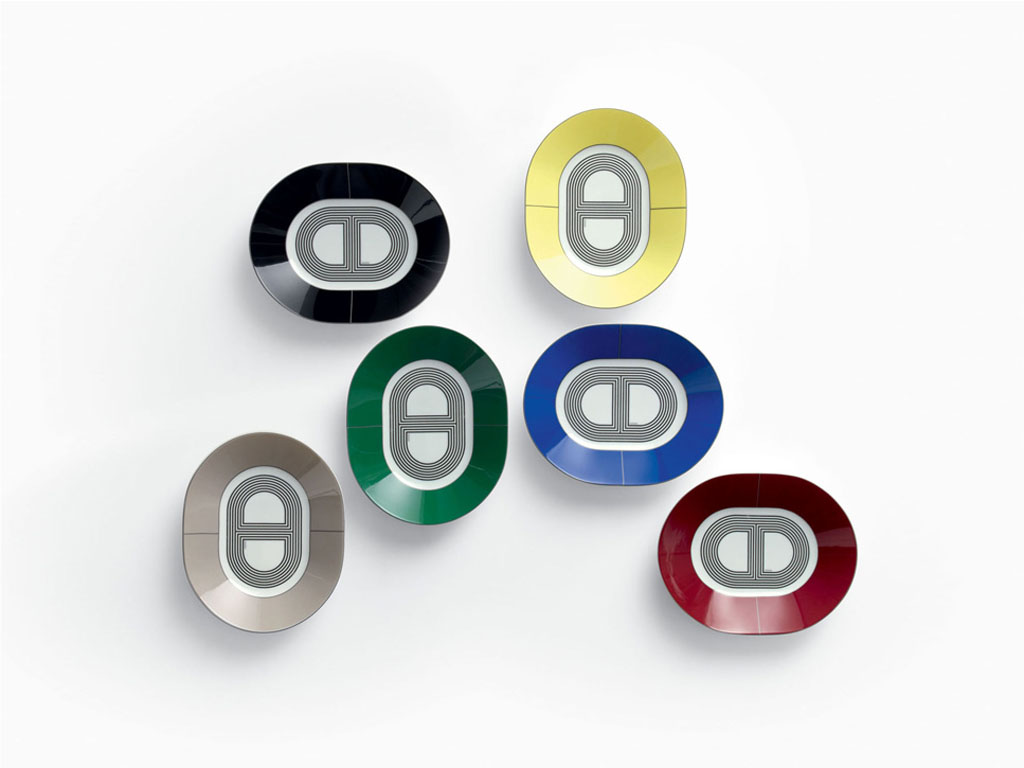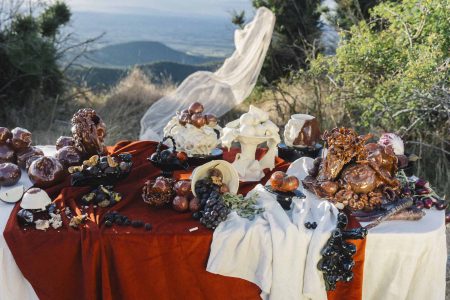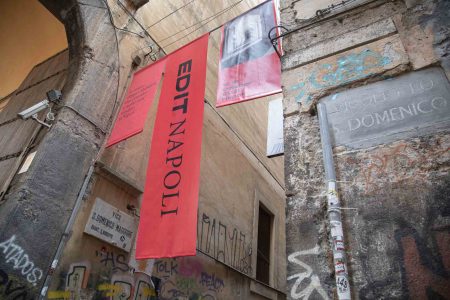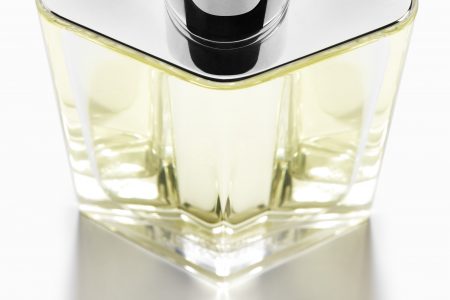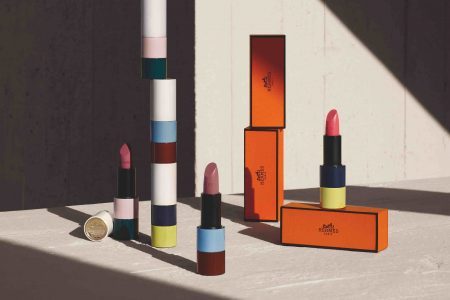Damian O’Sullivan: Designing Between Paris and Brussels
This UK-born, Brussels-based, Franco-Irish designer embodies what Belgium does best in terms of multiculturalism. We recently met with this prolific designer who is as comfortable creating luxury products for Hermes, Philips, Delvaux or LVMH. as he is reflecting on the challenges of contemporary design.
TLmag: Tell us about your experiences as a designer.
Damian O’Sullivan (DS): Designing is what I do morning, noon and night. And it doesn’t stop when I turn off my computer. In fact, that’s when what I like to call my unconscious creativity gets going. I started working as a designer 25 years ago. First in the Netherlands, where I stayed 20 years, and then, for five years, here in Brussels. These past years, I’ve moving between Brussels and Paris for Hermes, Delvaux and most recently Louis Vuitton. What’s next? I have a feeling that my career evolution is leading me slowly towards the south.
TLmag: How do you view Belgian design?
DS: Belgian design is many things at once. I’d say it closely reflects the country in that it is interesting, diverse, humble and sometimes… a bit reserved. I like it because it matches my own values. That being said, it could use a more solid platform for promotion. Belgium is Design is an excellent initiative, but it needs to go beyond the framework of the major annual fairs.
TLmag: As you are based in Brussels, do you feel that you share this Belgian identity
DS: Personally, because I’m Franco-Irish, born in England and raised in the Netherlands, I feel right at home in the cosmopolitan mix that characterises Brussels, including as a designer. For example, I designed a part of the Magritte collection for Belgian leather goods company Delvaux. More recently, I designed the Cappello bowl for Rosenthal, an object that can be considered as a tribute to Belgium’s surrealist nature.
TLmag: You have won prestigious awards, such as the prominent Red Dot and the BrownPrize. What impact does this kind of recognition have on the life of a designer?
D.S: For someone just getting started in the sector, these awards are a good way of getting noticed. But today, there are so many awards that in order to gain the attention of the media or the public, young designers turn to social media. But at the end of the day, what really matters is to see your designs realised, and then acquired by people. That’s what recognition truly is.
TLmag: In the era of “green washing”, where does the concept of sustainability fit in the domain of design?
DS: Sustainability is an issue for all of us, but paradoxically, due to ever-stricter laws, it tends to be the big companies that are the most often held to account. This is a good thing. Of course, small companies also have a role, but their impact is less. That being said, if we all make an effort, everyone at their own level, we will hopefully get things done.
TLmag: The way design is distributed is changing. What is your opinion of this evolution?
DS: When it comes to launching new products on the market, distribution is indeed a key aspect. Large companies are aware that their survival depends on it, so they have invested massively in new distribution methods. For their part, smaller entities must make a choice. Whether they choose to remain local, sell online or export through international distributors, there is no shortage of tools. The important thing is to find those that suit them best.
TLmag: Do you feel close to other Belgian designers or artists?
DS: Although I arrived in Brussels five years ago, I continued to work for Hermes and Louis Vuitton in Paris. So, my familiarity with Belgian artists and designers is primarily social. I love Charles Kaisin’s theatrical side, but also studio Muller van Severen’s atypical and offbeat approach, as well as Linde Freya Tangleder’s sense of aesthetic simplicity.
TLmag: Brussels’ design offers an ever-larger showcase through the different fairs all year long. What do you feel is the impact of these events?
DS: Brussels Design September is a good springboard to create a sense of competition at the local level. But as this festival is spread over an entire month, it doesn’t bring in the international players.
Collectible, on the other hand, has done a great job of attracting galleries and visitors from all over Europe and beyond. Belgium is Design is halfway between the two. In terms of broadening the economic scope of the sector as a whole, I think it has a major role to play.
Cover Photo: Damian O’Sullivan by Matthieu Salvaing.
Studio O’Sullivan has also created 20 special edition pieces of their ‘Ema B’ plates available at TLmag’s sister gallery Spazio Nobile.
